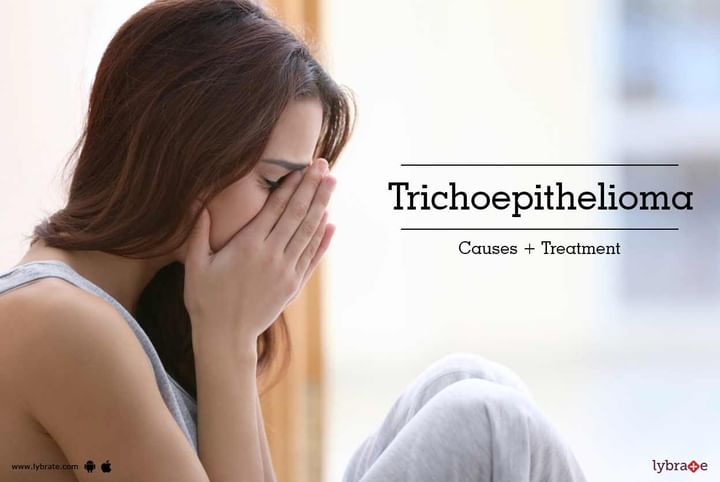Trichoepithelioma - Causes + Treatment
Puberty brings hormonal changes which affect the body in a number of ways and the skin is one of the main affected organs. While acne is the more common issue, there are also other lesser known skin lesions, which can bother teenagers. The less common trichoepithelioma is one such disease.
In this health condition, multiple hair follicle tumors are seen on the face after attainment of puberty. These are benign, but not very common. They form small hair shafts, but do not develop into full fledged hair follicles. While the exact cause of these lesions is not identified, they are related to a syndrome called Brooke-Spielger Syndrome. There is also a genetic component where the CYLD gene is affected, and the proteins required for self-protection of the skin are missing. There is also a theory which states this condition to be an autosomal dominant condition. In such a scenario, multiple lesions are seen, and it is also the most common variant of the disease.
The lesions are small, less than 1 cm, isolated, firm, round, and shiny. Their color can vary from brown, to blue, yellow, or pink. The face is first affected, starting from the cheeks, and then slowly moving to the eyelids, and the nose. Multiple lesions are easier to diagnose, while individual lesions can be confused with basal cell carcinoma. The lesions grow very slowly and when multiple lesions are present, they can cause aesthetic concerns. There could be ulceration and recurrence in these patients. The genetically correlated ones have a higher incidence of aggressive behavior both in terms of severity of the lesions and the rate of recurrence.
Treatment: Though they are benign, aesthetic concerns may mandate treatment. The treatment is usually multipronged and includes the following genetic counseling, drug therapy (mostly topical creams and lotions), and minor invasive procedures.
- The best solution is to let them run their natural course, as they usually subside with age, both in terms of numbers and the severity of the lesions.
- Dermabrasion or carbon dioxide laser is useful in improving facial appearance too.
- In more severe cases, surgical removal may be done, which is partial and does not cover the entire depth of the lesion.
- However, in some cases, if there is a concern for malignancy, the lesions are completely excised (excision biopsy) and then sent for biopsy to confirm their benign nature.
Trichoepithelioma is also known by the name hereditary multiple benign cystic epithelioma, which explains the nature of the disease quite well. Other than cosmetic concerns, more so because if affects females, these are harmless in nature. But a detailed discussion with your dermatologist is suggested to confirm the state of the condition.



+1.svg)
